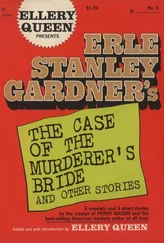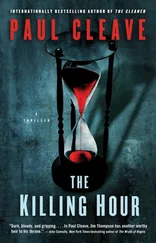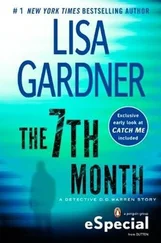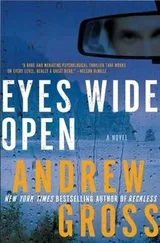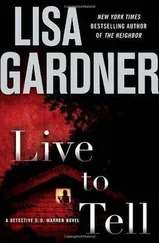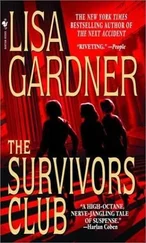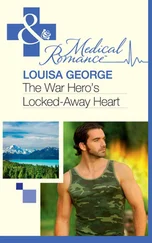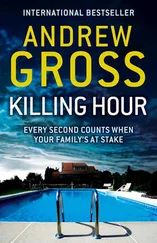“Really?” Kimberly’s scowl deepened. She was fascinated in spite of herself. “Okay, continue.”
“Two thousand,” Mac said crisply, then promptly rolled his eyes. “Bad year, two thousand. Brutally hot summer, no rain. May twenty-ninth, we’re already in the mid-nineties. Two students from Augusta State University head to Savannah for a girls’ weekend. They never come home. Tuesday morning, a motorist finds the first girl’s body next to U.S. twenty-five in Waynesboro. Can you guess where Waynesboro is?”
Kimberly thought about it a minute. “The cotton field place. Burke County?”
He smiled, a flash of white against his dark skin. “You catch on quick. That’s one of the rules of the game, you see: the first body of the new pair is always left near the second girl of the last pair. Maybe he likes the continuity, or maybe he’s giving us a fighting chance at finding the second body in case we missed it the previous year.” He paused for a second and eyed her appraisingly. “So for this new pair, where’s the second girl?”
“Not in Burke County?”
“You’re cheatin’.”
“Well, he hasn’t repeated an area. So you can assume not the gorge and not a cotton field. Process of elimination.”
“Georgia has nearly sixty thousand square miles of mountains, forests, coastline, swamplands, peach orchards, tobacco fields, and cities. You’re gonna need to eliminate more than that.”
Kimberly acknowledged the point with a slight shrug. Unconsciously she worried her lower lip. “Well, you said it was a game. Does he leave you clues?”
His answering smile was dazzling. “Yes, ma’am. Second rule of the game-for it to be competitive, you gotta leave clues. Let’s go back to the very first girl, found outside of Atlanta. Girl’s laid out next to a major interstate, remember? We have no signs of violence, no sexual assault, so that means no blood, no semen, none of the normal trace evidence you might expect to collect in a homicide case. But here’s something interesting. The body’s clean. Very clean. Almost as if someone has washed the victim’s legs, arms, and shoes. We not only lack hair and fiber, we can’t even find traces of spilled beer on her shoes or a stray peanut in her hair. It’s like the girl’s been… sanitized.”
“All of her?” Kimberly asked sharply. “Then you can no longer be sure of lack of sexual assault.”
Mac shook his head. “Not all of her. Just the parts… exposed. Hair, face, limbs. My best guess? He wipes them down with a sponge. It’s like… he’s wiping a slate clean. And then he starts his work.”
“Oh my God,” Kimberly breathed. She was no longer sure she wanted to know what had happened next.
“They’re a map,” Mac said quietly. “That’s why the first girl exists. That’s why she’s left next to a major road and easily found. Maybe why she gets a quick and relatively painless death. Because she doesn’t matter to him. She’s just a tool, a guide to where the real game is being played out.”
Kimberly was leaning forward again. Her heart had started pounding, neurons firing to life in her brain. She could feel where this was headed now. Almost see the dark, twisted road open up before her. “What are the clues?”
“From the first girl, we found a feather in her hair, a crushed flower beneath her body, traces of rock on her shoe, and a business card in her purse. The crime lab followed protocol and took samples of everything. And then… nothin’.”
“Nothing?”
“Nothin’. You ever been to a real crime lab, Kimberly? And by that, I don’t mean the FBI lab. The Feds have money, no doubt about it. I mean what the rest of us working stiffs get to use.”
Kimberly shook her head.
“We have equipment. Lots of equipment. But unless it’s fingerprints or DNA-God’s honest truth-it’s as worthless as an unmatched sock. We don’t have databases. So sure, we collect soil samples, but it’s not like we can scan them into some giant computer and have a matching location magically blip across the screen the way they do in some of those crime shows. Frankly, we operate on tight budgets and tight budgets mean forensics is mostly reactionary. You take samples and someday, if you have a suspect, then you have a reference sample to work with. You take your dirt from the crime scene and hope it matches dirt from the bad guy’s yard. That’s as good as it gets.
“In other words, we collected the rock sample, the feather, the flower and we knew they were worthless to us. So we sent them out to real experts who might be able to make something of them. And then we waited nine months.”
Kimberly closed her eyes. “Oh no,” she said.
“Nobody knew,” he said quietly. “You have to understand, nobody ever expected the likes of this man.”
“He abandoned the second girl in the gorge, didn’t he?”
“With a gallon jug of water. Wearing high heels. In nearly a hundred-degree heat.”
“But if you had interpreted the clues in time…”
“You mean, if we’d identified the white flower as persistent trillium, a rare herb found growing only in a five-point-three-square-mile area in all of Georgia-an area inside the Tallulah Gorge? Or if we’d realized the feather belonged to the peregrine falcon, which also makes its home in the gorge? Or if we’d understood that the granite in the rocks found ground into her shoes matched samples taken from the cliffs, or that the business card found in her purse belonged to a customer service representative from Georgia Power, the company that just so happens to own and manage the gorge? Sure, if we’d known that stuff, then maybe we could’ve found her. But most of those reports didn’t come in for months, and poor Deanna Wilson was dead and buried by then.”
Kimberly hung her head. She was thinking of a poor young girl lost and bewildered in the middle of a hostile forest. Trying to hike her way out over uneven terrain in party heels and a little black dress. The burning, scorching heat. She wondered if the girl had drunk the water quickly, convinced someone would find her soon. Or if she had rationed it from the start, already fearing the worst.
“And the second pair of girls?” she asked quietly.
Mac shrugged. His eyes were dark and somber. “We still didn’t know any better. The minute the first body appeared outside of the gorge, that’s the connection everyone made. We have someone who kidnaps girls and likes to hide ’em in the gorge. Given the extreme heat, the Rabun County Sheriff’s Office did the logical thing and threw all resources at searching the state park. It took another week to realize she wasn’t there, and even then, it was hard to be sure.”
“What were the clues?”
“Josie Anders had white lint on her red top, dried mud on her shoes, four kernels in her purse, and a phone number scribbled on a cocktail napkin wadded up in her front pocket.”
“The lint and kernels have something to do with cotton?” Kimberly guessed.
“Upon further examination, the lint proved to be linters, made from raw cottonseed. The kernels were cotton kernels. The mud turned out to be high in organic matter. And the phone number belonged to Lyle Burke, a sixty-five-year-old retired electrician, living in Savannah, who’d never heard of the two girls, let alone Roxie’s Bar, which was where they were last seen alive.”
“Burke County,” Kimberly said.
Mac nodded. “Cotton’s not a fair clue in a state like Georgia. There’s only ninety-seven counties that grow the stuff. But by throwing in the phone number… I think in his own way, the man considered it sporting. Now we had only eight hundred square miles to search. If we’d been paying attention-” He shrugged, his hand knotting and unknotting in a frustrated motion.
Читать дальше

